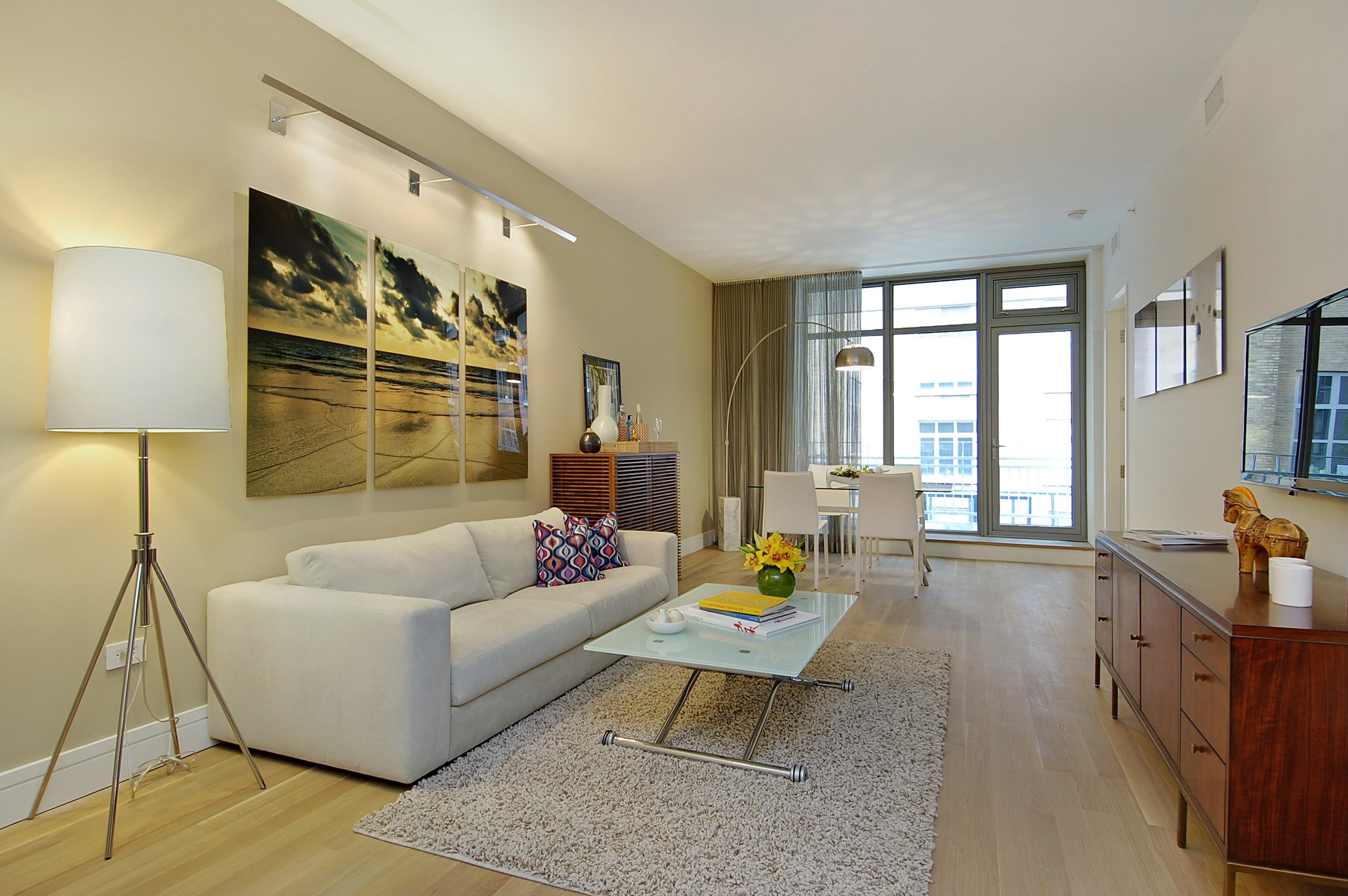Understanding the $400 Apartment Market: 1 Bedroom Apartments For 400

Finding a decent apartment for $400 can be a challenge, especially in areas with high costs of living. But it’s not impossible, and there are certain types of apartments and locations where this price point might be attainable.
Types of $400 Apartments
Apartments in this price range are usually smaller, older, and located in less desirable areas. They may lack modern amenities and require some repairs or upgrades. Here are some typical characteristics:
- Studio Apartments: These offer a single room that serves as both living and sleeping space, typically with a small kitchenette and bathroom.
- Small 1-Bedroom Apartments: These are often older buildings, with compact living spaces and minimal storage.
- Efficiency Apartments: Similar to studios, these may have a separate sleeping area, but the kitchen and bathroom are often combined into one space.
Demographics of Renters
Individuals and families seeking $400 apartments often face financial constraints. They may be:
- Low-Income Individuals: These renters may rely on government assistance or have limited income, making affordable housing a priority.
- Students: Students often have limited budgets and may seek shared apartments or smaller units to reduce costs.
- Young Professionals: Some young professionals may choose to live in more affordable areas to save money while starting their careers.
Advantages and Disadvantages
Renting a $400 apartment comes with both advantages and disadvantages:
Advantages
- Affordability: The most significant advantage is the low monthly rent, allowing renters to allocate more money towards other expenses.
- Location: While not always in prime locations, $400 apartments can sometimes be found in areas with good access to public transportation or amenities.
Disadvantages
- Limited Amenities: These apartments may lack modern amenities like central air conditioning, updated appliances, or on-site laundry facilities.
- Maintenance Issues: Older buildings often require more maintenance, which can be a source of frustration for renters.
- Safety Concerns: Apartments in less desirable areas may have higher crime rates or safety issues.
- Competition: There’s typically high demand for affordable apartments, making it challenging to find a suitable unit.
Tips for Securing a $400 Apartment

Finding a $400 apartment can be challenging, but it’s not impossible. With a bit of strategy and persistence, you can find a place that fits your budget.
Developing a Strategy for Finding a $400 Apartment
Finding a $400 apartment requires a multifaceted approach that combines online resources, networking, and proactive engagement.
- Utilize Online Resources: Online platforms are your best bet for finding affordable listings. Explore websites like Craigslist, Facebook Marketplace, and Zillow, which often feature budget-friendly options. Consider using filters to narrow your search to apartments within your price range.
- Network with Friends and Family: Don’t underestimate the power of personal connections. Let your friends and family know you’re searching for an affordable apartment. They might have leads or know of upcoming vacancies in their buildings.
- Attend Open Houses: Open houses are a great opportunity to view potential apartments firsthand and get a feel for the neighborhood. They also allow you to interact with landlords or property managers and ask questions.
Asking Essential Questions During Apartment Viewings
During apartment viewings, it’s crucial to ask relevant questions to assess the property and understand the landlord’s expectations.
- Inquire about Utilities: Clarify whether utilities are included in the rent or if you’ll be responsible for paying them separately. Ask about average utility costs to factor them into your budget.
- Confirm Lease Terms: Ask about the lease duration, renewal options, and any penalties for breaking the lease. Understand the landlord’s pet policy, parking arrangements, and any other specific terms.
- Assess Building Safety: Ask about the building’s safety features, including fire alarms, security systems, and emergency exits. Inquire about the building’s maintenance history and the landlord’s response time to repair requests.
- Discuss Neighborhood Amenities: Ask about nearby amenities such as grocery stores, public transportation, and parks. Understanding the neighborhood’s accessibility and convenience can help you determine if it aligns with your lifestyle.
Creating a Checklist of Documents for Application, 1 bedroom apartments for 400
When applying for an apartment, it’s essential to have the necessary documents ready to streamline the process.
- Proof of Income: Provide pay stubs, bank statements, or other documentation to demonstrate your ability to afford the rent. Landlords may require a minimum income requirement for low-cost housing.
- Credit Report: Landlords may request a credit report to assess your financial responsibility. A good credit score can improve your chances of getting approved.
- References: Provide contact information for previous landlords or employers as references. Positive references can vouch for your rental history and reliability.
- Photo ID: A valid photo ID is essential for verifying your identity and completing the application process.
- Security Deposit: Be prepared to pay a security deposit, which is typically one or two months’ rent. This deposit helps cover potential damages to the apartment.
